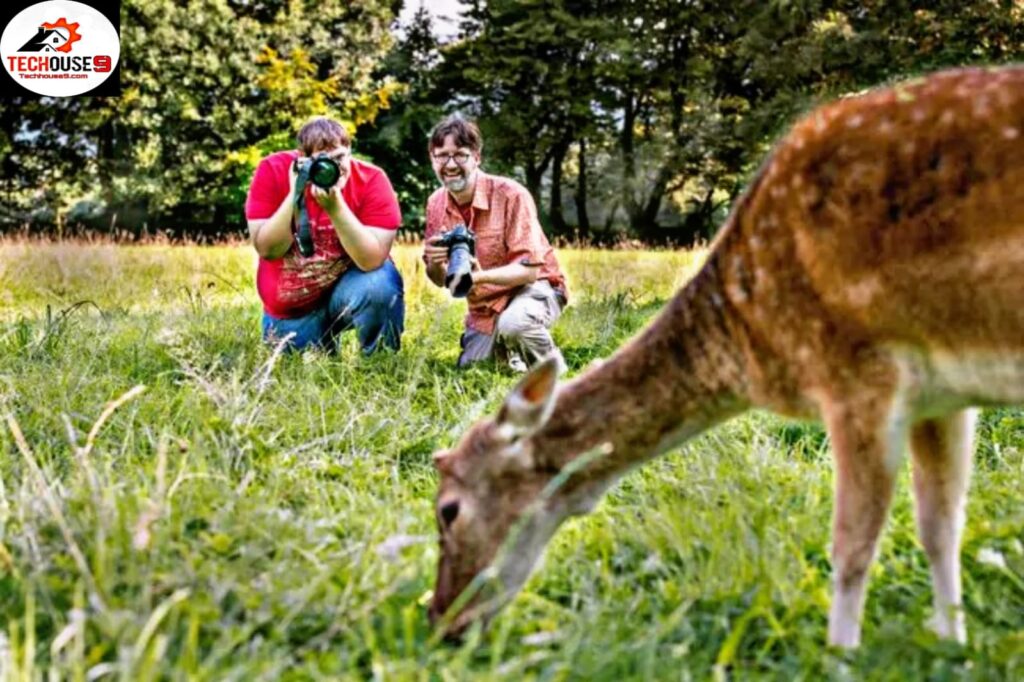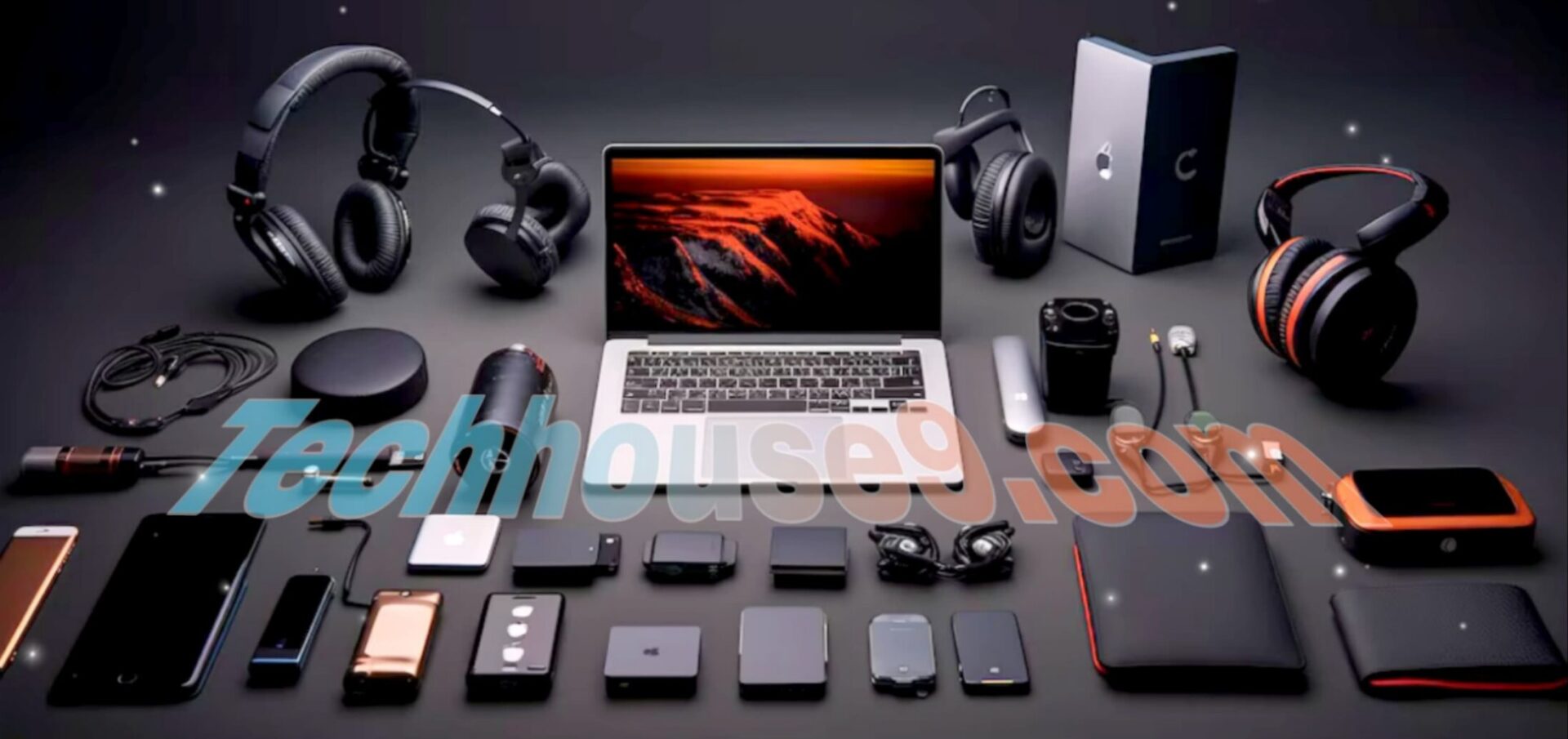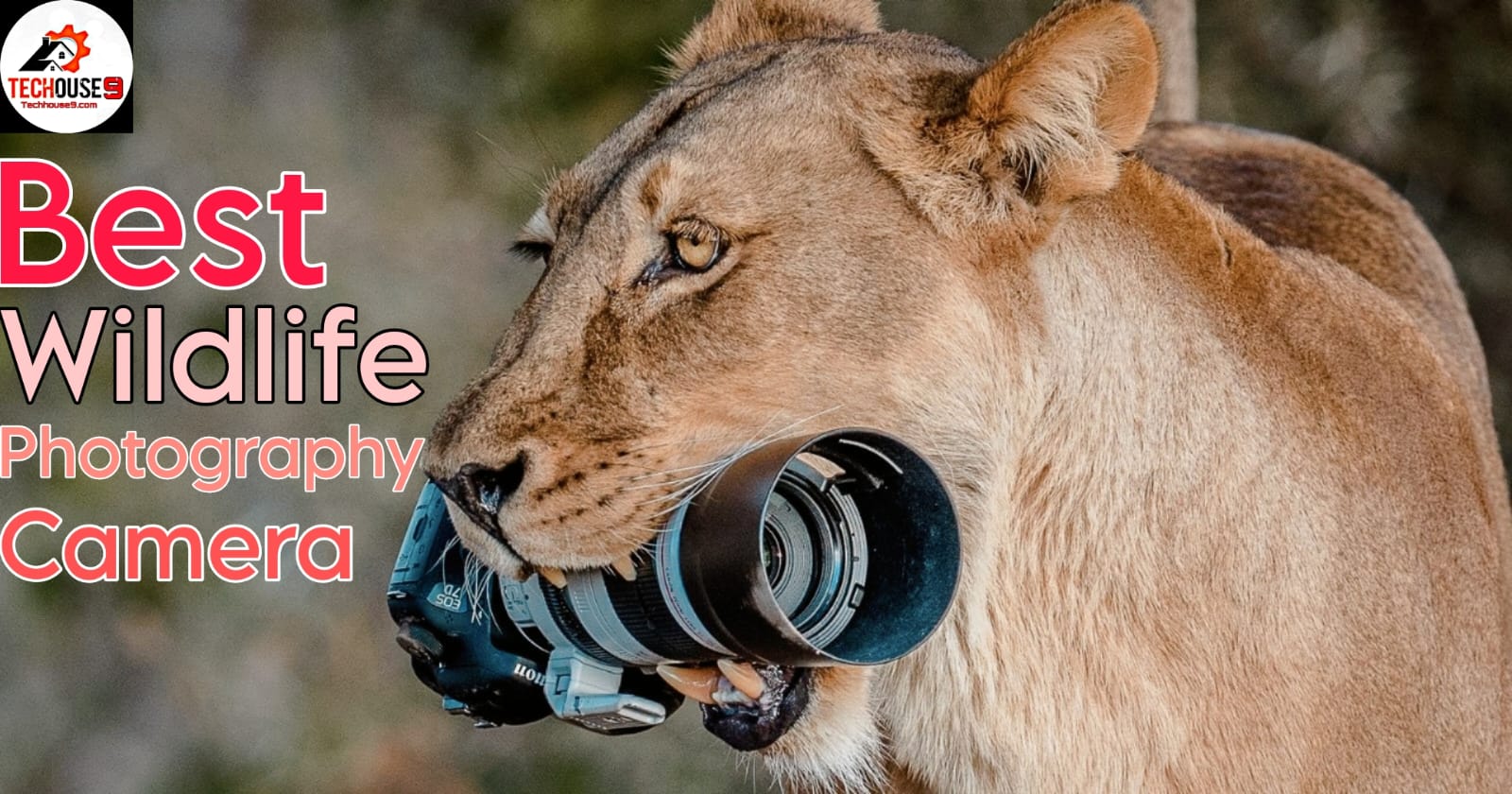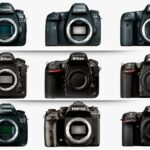Best wildlife photography cameras 2024
Here are our finest wildlife photography cameras for shooting in your home, safari, or anyplace in between.
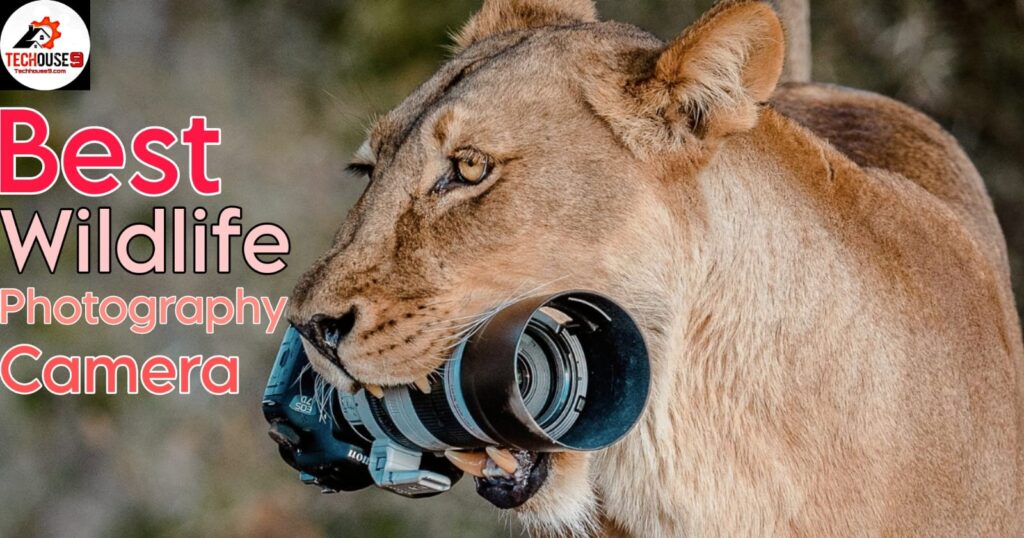
The best wildlife photography cameras may not instantly transform you into an award-winning animal photographer, but they are possibly the most important aspect of this kind of photography and can help you get there.
In many aspects of photography, the lens takes center stage, with the camera playing a supporting role. When it comes to photographing animals, however, you must select the best wildlife photography equipment because to the specialized autofocus systems and shooting speeds required for wildlife photography.
Of course, you may shoot a fixed subject with any camera, including a camera phone. Wildlife, on the other hand, tends to roam around, especially as photographers approach their habitat. As a result, having the best wildlife photography cameras designed expressly for the task is crucial. To take things a step further, getting a set of the best binoculars would be really handy for wildlife photography.
BEST WILDLIFE CAMERAS: BRIDGE CAMERAS
If you’re new to photography, particularly wildlife, one of the greatest places to start is with a bridge camera. These bring together the handling of a DSLR, the convenience and ease of a small camera, and the range of a superzoom lens.
The end result is an all-in-one package that provides a wider zoom range than a DSLR or mirrorless camera setup that costs thousands of dollars – but image quality suffers as bridge cameras use much smaller image sensors and AF systems that aren’t as advanced as more expensive cameras.
1. Sony Cyber-shot RX10 IV
A great bridge camera that is ideal for wildlife beginners.
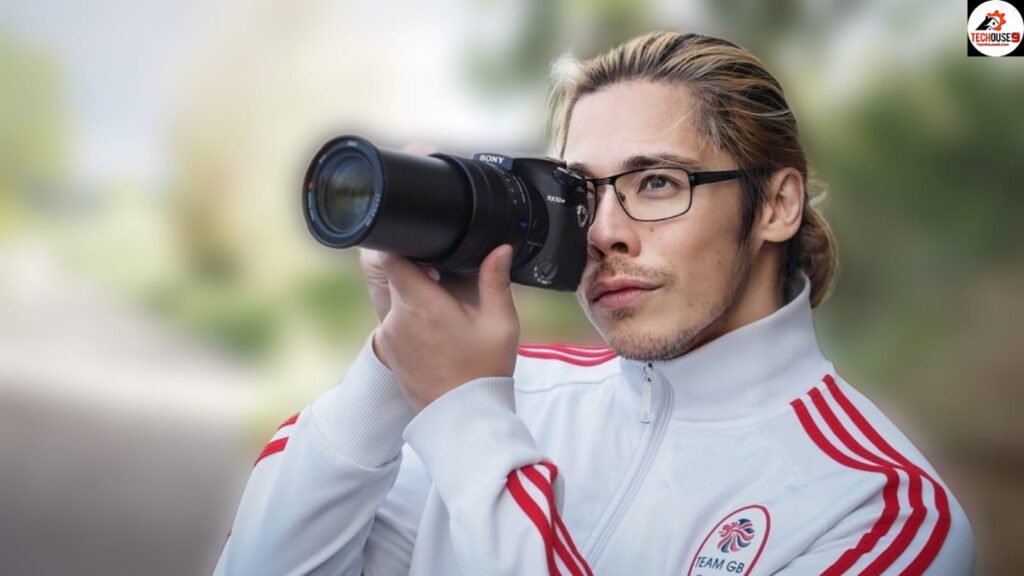
SPECIFICATIONS
Sensor size: 1 inch.Resolution: 20.1 MegapixelsLens (full frame equivalent): 24-600mm f/2.4–4AF points: 315 (phase detection).Animal AF: NoBurst rate is 24fps.Buffer: 112 shots (raw).Image stabilization: YesWeather sealed: YesMaximum video resolution: 4K 30p.
REASONS TO BUY
+ Versatile 24-600mm lens with excellent image quality and RAW file support.
REASONS TO AVOID
– Limited touchscreen control options – High price tag
The Sony Cyber-shot RX10 IV features everything you might want from a bridge camera, as well as almost everything you could want if you’re starting out in wildlife photography. At its heart is a strong one-inch sensor that produces superb image quality for both stills and video.
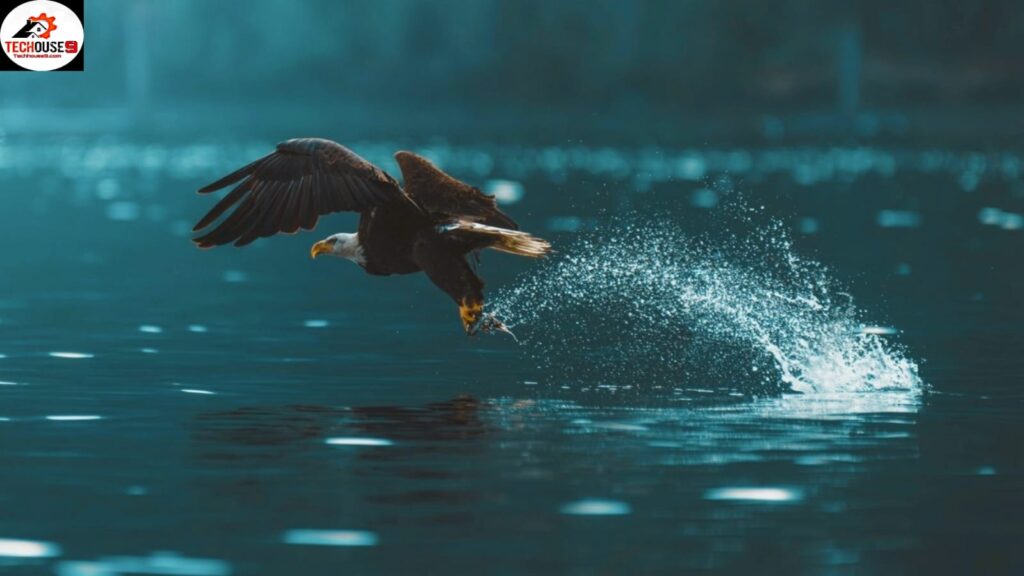
The 24-600m f/2.4-4 lens allows you to shoot at top speed in most settings. This implies up to 24 frames per second with dependable phase detect autofocus that keeps up with the action. Its 4K footage is sharp and clean, with well-controlled rolling shutter (the “Jell-O effect” that warps vertical lines when panning back and forth).
The disadvantage is that this technology comes at a high cost, which will not even cover the cost of the camera body alone, unlike some of the cameras farther down this list.
2. Panasonic Lumix FZ2500
Excellent stills and video, including a built-in ND filter for bright light.
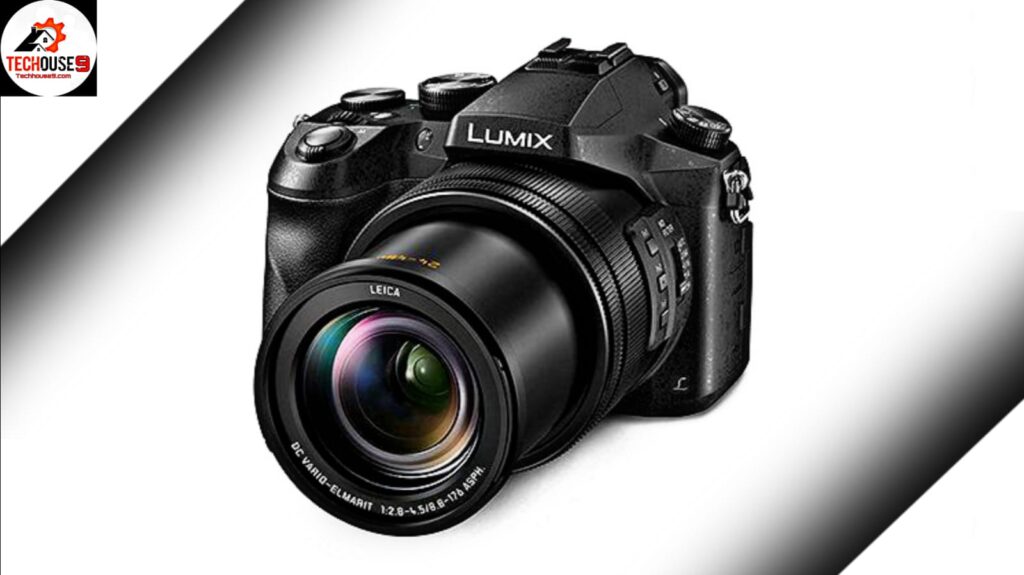
SPECIFICATIONS
Sensor size: 1 inch.Resolution: 20.1 MegapixelsLens (full frame equivalent): 24-480mm f/2.8-4.5AF points: 49 (contrast detected).Animal AF: NoBurst rate: 12fps fixed AF, 7 with AF/AE.Buffer: 25 shots (raw).Image stabilization: YesWeather sealed: YesMax Video Resolution: 4K 30p
REASONS TO BUY
Features include a fast 24-480mm lens, RAW stills, video log (10-bit 4:2:2), and an included ND filter.
REASONS TO AVOID
-The lens is not as quick or lengthy as the Sony.
– Reduced continuous shooting speed – Limited battery life
price
RS 90.990
Though the FZ2500 is a slightly older model at this time, it is a capable camera and an appealing option for entry-level wildlife photography – and because it is an older product, it is also quite reasonably priced.
It lags behind the RX10 IV in a few areas, including a shorter 24-480mm lens range, a somewhat slower aperture (f/2.8-4.5), and a burst rate that is roughly half that of the RX10 IV. Furthermore, the contrast detect-powered AF system lacks the precision and stickiness of Sony’s.
All that being said, it is noticeably smaller and easier to use, the touchscreen functionality is superior, it includes a built-in neutral density filter, and it provides many of options for video shooters, including a log profile and 10-bit 4:2:2 (accessible via an external monitor). Oh, and did we mention it’s much cheaper?
3. Nikon Coolpix P1000
Unfathomable reach—but best used for static subjects.
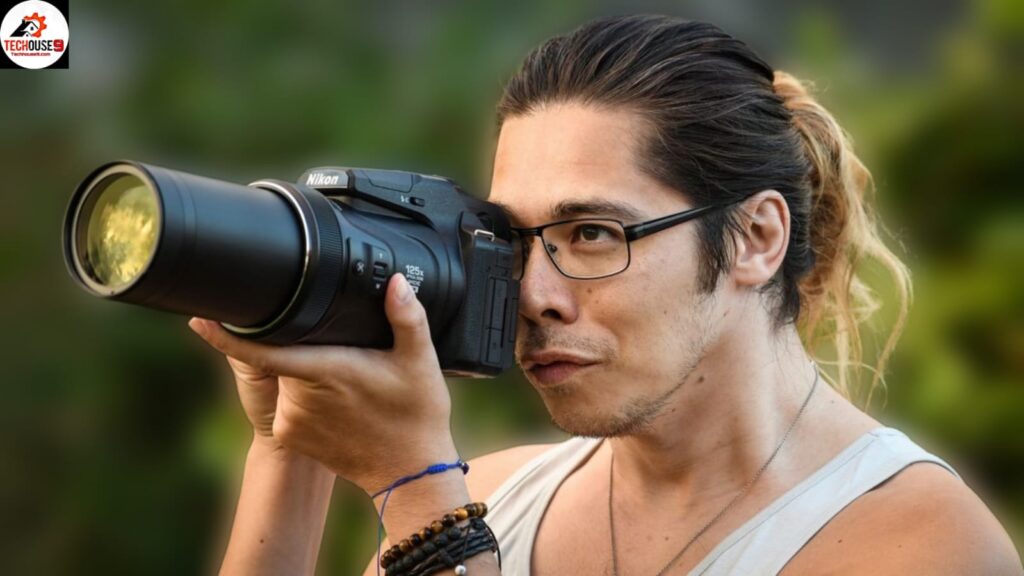
SPECIFICATIONS
Sensor size: 1/2.3 inch.Resolution: 16 megapixels.Lens (full frame equivalent): 24-3000mm f/2.8-8AF points: 49 (contrast detected).Animal AF: NoBurst rate: 7fps.Buffer: 7 shots (raw).Image stabilization: YesWeather sealed: No.Max Video Resolution: 4K 30p
REASONS TO BUY
Features include an unrivaled 3000mm zoom, excellent image stabilization, and the ability to shoot in RAW format.
REASONS TO AVOID
-Image quality is mediocre
– Difficulties in low light conditions – Slow burst mode.
The Nikon Coolpix P1000 focuses solely on range. It has a fairly ludicrous 24-3000mm zoom range, which is adequate to capture frame-filling photos of the moon. This means that, whether you’re on safari or photographing birds at the local lake, nothing will be too far away.
Still, that reach. It’s hard to do that with a DSLR or mirrorless camera, so if all you want is a telescope that takes images, this is it.
4. Canon EOS 90D
Canon's APS-C powerhouse is a magician of wildlife.
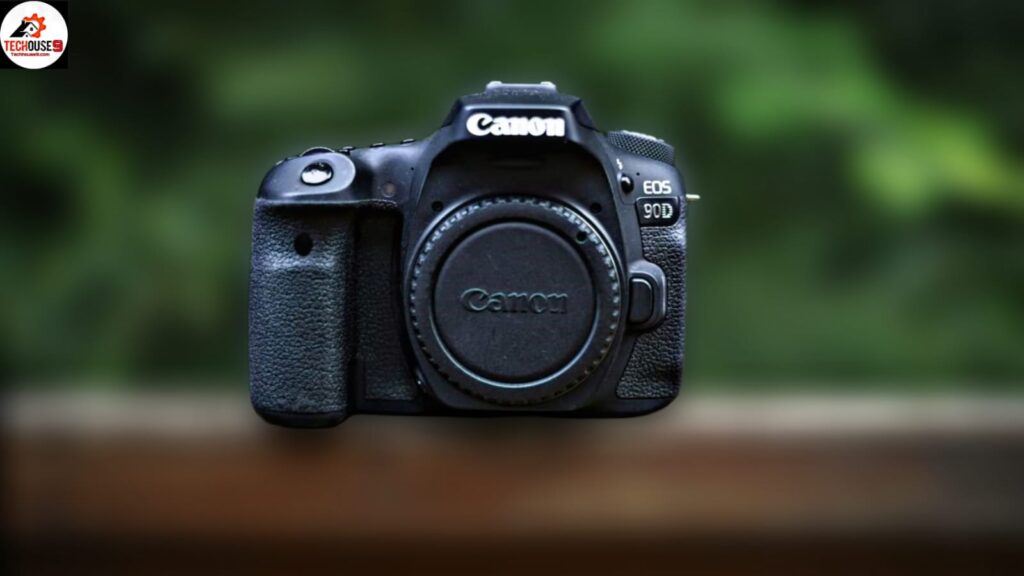
SPECIFICATIONS
Sensor Size: APS-CRResolution: 32.5 megapixels.AF points: 45 (phase detection).Animal AF: NoBurst rate: 10fps.Buffer: 58 JPGs and 25 RAWs.Image stabilization: No.Weather sealed: YesMaximum video resolution: 4K 30p.
REASONS TO BUY
Features include a 32.5MP resolution, a rear joystick for autofocus, and a battery life of 1,300 photos.
REASONS TO AVOID
– Limited buffer depth – ISO can become noisy quickly – Only one memory card slot.
The EOS 90D, the ideal Canon APS-C camera for wildlife, replaces two of the manufacturer’s previous favorites: the 80D and 7D Mark II. Its pixel-packed 32.5MP sensor is the highest resolution APS-C sensor on the market, providing you more detail and the ability to crop into your photos – ideal for artificially ‘extending’ the length of your lenses while still filling the frame with your subject.
Canon’s APS-C format has a crop factor of 1.6x, which means your lenses’ focal lengths are increased by 1.6x. So, if you add a 100-400mm optic, it will become an effective 160-640mm. Not only can you natively mount Canon’s full-frame EF lenses, but you can also use EF-S optics made exclusively for APS-C cameras.
Its fast 10fps shooting is slightly mitigated by the restricted buffer depth, but you shouldn’t run into this too often unless you do a lot of spray and pray. It also has uncropped 4K video and a fully articulating touchscreen, making it simple to film with live view in any orientation.
5. Nikon D500
Nikon's flagship APS-C DSLR has hidden depth—literally.
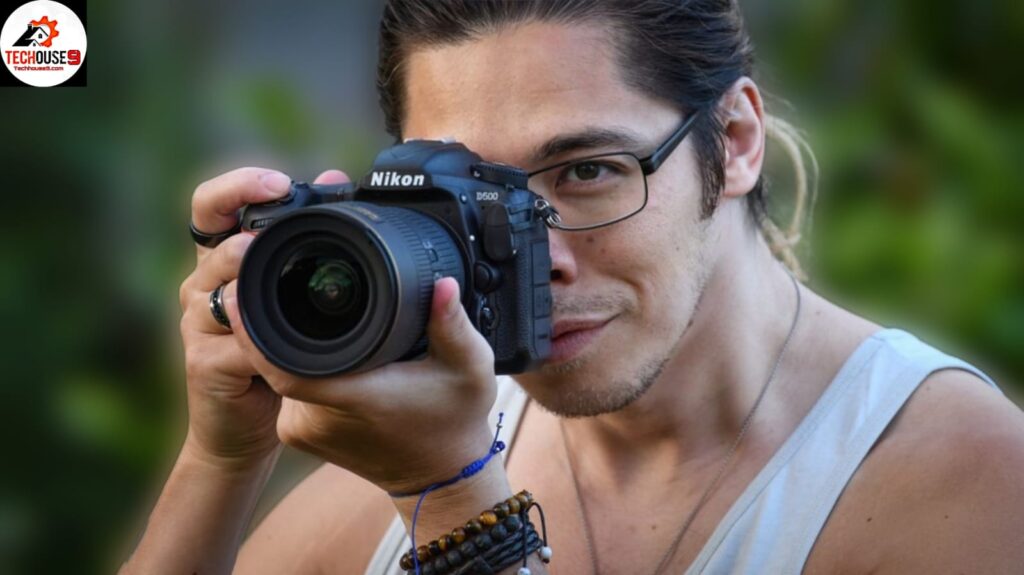
Sensor Size: APS-CRResolution: 20.9 megapixels.AF points: 153 (phase detection).Animal AF: NoBurst rate: 10fps.Buffer: 200 JPGs and 200 RAWs.Image stabilization: No.Weather sealed: YesMaximum video resolution: 4K 30p.
REASONS TO BUY
+ Excellent performance + Large buffer capacity + Joystick for AF navigation.
REASONS TO AVOID
– 20.9MP resolution – Contrast AF only in live view – Poor cropping in 4K videos
Nikon’s motto for this camera is “Flagship power, DX agility,” since the D500 delivers comparable performance to the top-tier Nikon D6 professional camera while fitting into an APS-C body. The end product is an extremely capable machine, but one with a few limitations.
The 20.9MP resolution appears a touch underwhelming when compared to the D500’s opposite number, the 32.5MP Canon EOS 90D, however the lesser pixel count results in a much higher buffer depth of 200 RAW photos. The D500 also has two memory card ports, one SD and one XQD / CFexpress; however, the latter, while newer, faster, and more sturdy, is significantly more expensive than SD.
The other main disadvantages of the D500 are that the impressive phase detect AF is replaced by the slower and less reliable contrast detect system when shooting in live view, and shooting in 4K invokes a horrendous 1.5x crop – and that’s on top of the existing 1.5x crop factor of Nikon’s APS-C sensor, meaning that this is a far from ideal camera for filming video.
